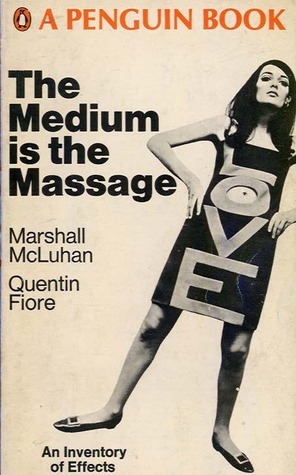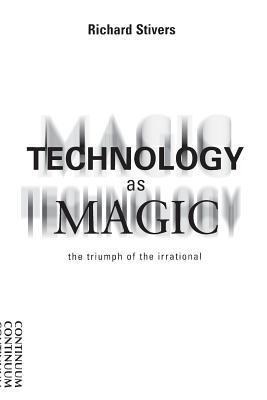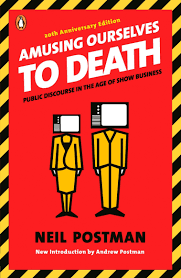
The Medium is the Massage: An Inventory of Effects
Book Description
What if the very tools you use to connect with the world are reshaping your perception of reality? Marshall McLuhan’s provocative exploration uncovers the hidden dynamics of technology, communication, and culture in “The Medium is the Massage.” With sharp insights and vivid imagery, he reveals how our media environment molds human experience, often in unexpected ways. This is no dry analysis; it’s a thrilling ride through the effects of television, radio, and print that questions everything we thought we knew about connection. Are we masters of our media, or are we merely their puppets?
Quick Book Summary
"The Medium is the Massage: An Inventory of Effects" by Marshall McLuhan is a provocative examination of how media and technology shape human perception and experience. Through an innovative mix of imagery, aphorisms, and playful typography, McLuhan invites readers to consider not just the content delivered by media, but the very form of media itself. Arguing that "the medium is the message," he claims that each medium, from print to television, reconfigures our senses and social structures in profound ways. This book dismantles the illusion that technology is merely a passive conduit for information, urging readers to become aware of how media actively constructs reality. As both a reflection and a warning, the text challenges us to recognize and adapt to the rapidly changing landscapes of communication and society.
Summary of Key Ideas
Table of Contents
The Influence of Media Environments
McLuhan’s central assertion is that media function as powerful environments, shaping the rhythms, patterns, and assumptions of societies. He posits that every medium—be it print, radio, or television—creates a unique milieu that influences how people think, behave, and organize themselves. These environments are so pervasive and immersive that their effects are often invisible, subtly influencing the ways societies function. By foregrounding the environment of media, McLuhan flips the conventional focus from information content to the broader experiential changes that each new medium ushers in.
Sensory Extension and Human Perception
At the heart of McLuhan's thesis is the idea that media are extensions of human senses and faculties. Technologies such as the wheel extend our feet; print extends the eye; electronic media extend our nervous systems across the globe. These extensions do not simply amplify existing abilities—they reshape the very processes by which people perceive and interact with reality. For instance, the move from oral to print culture drastically changed cognition, social organization, and even individual identity. Every new medium thus reorders the balance of the senses and remakes society’s cognitive map.
The Message Beyond Content
A key insight is that the main impact of a medium lies not in its informational content, but in the nature of the medium itself: “the medium is the message.” McLuhan illustrates that the structure of a medium—how it organizes time and space, how it engages the senses—produces the most far-reaching cultural and personal consequences. This focus on form over content highlights how technological innovations, such as television’s continuous imagery versus print’s linear logic, produce entirely different ways of thinking and relating to the world.
Global Village and Connectivity
McLuhan also introduces the concept of the "global village," predicting how electronic media collapse traditional boundaries of time and space, connecting distant individuals in a shared experience. He argues that as information flows rapidly and widely, social and cultural practices become more interdependent. This interconnected environment brings both the promise of greater awareness and the peril of information overload, fundamentally transforming social structures, politics, and even personal identity.
Awareness and Adaptation to Media Change
Finally, McLuhan warns that the effects of media are often unperceived precisely because they are environmental. He urges readers to become critically aware of these influences and not to be passive recipients. By heightening our awareness, individuals and societies can adapt and respond more effectively to media change. Awareness, according to McLuhan, is not a final answer but a process—a continual inventory of effects that empowers us to shape our tools and, in turn, ourselves.
Download This Summary
Get a free PDF of this summary instantly — no email required.





